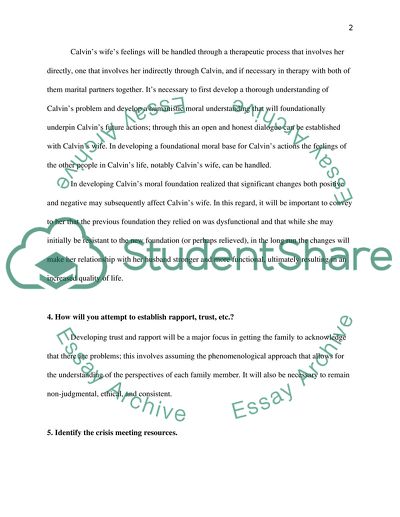Cite this document
(Psychological Therapies in Helping Family Relationship Case Study, n.d.)
Psychological Therapies in Helping Family Relationship Case Study. Retrieved from https://studentshare.org/psychology/1735923-human-relations-5-case-studies
Psychological Therapies in Helping Family Relationship Case Study. Retrieved from https://studentshare.org/psychology/1735923-human-relations-5-case-studies
(Psychological Therapies in Helping Family Relationship Case Study)
Psychological Therapies in Helping Family Relationship Case Study. https://studentshare.org/psychology/1735923-human-relations-5-case-studies.
Psychological Therapies in Helping Family Relationship Case Study. https://studentshare.org/psychology/1735923-human-relations-5-case-studies.
“Psychological Therapies in Helping Family Relationship Case Study”, n.d. https://studentshare.org/psychology/1735923-human-relations-5-case-studies.


